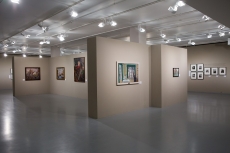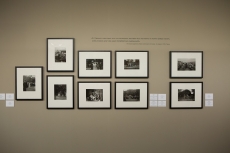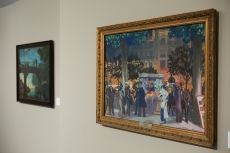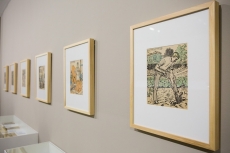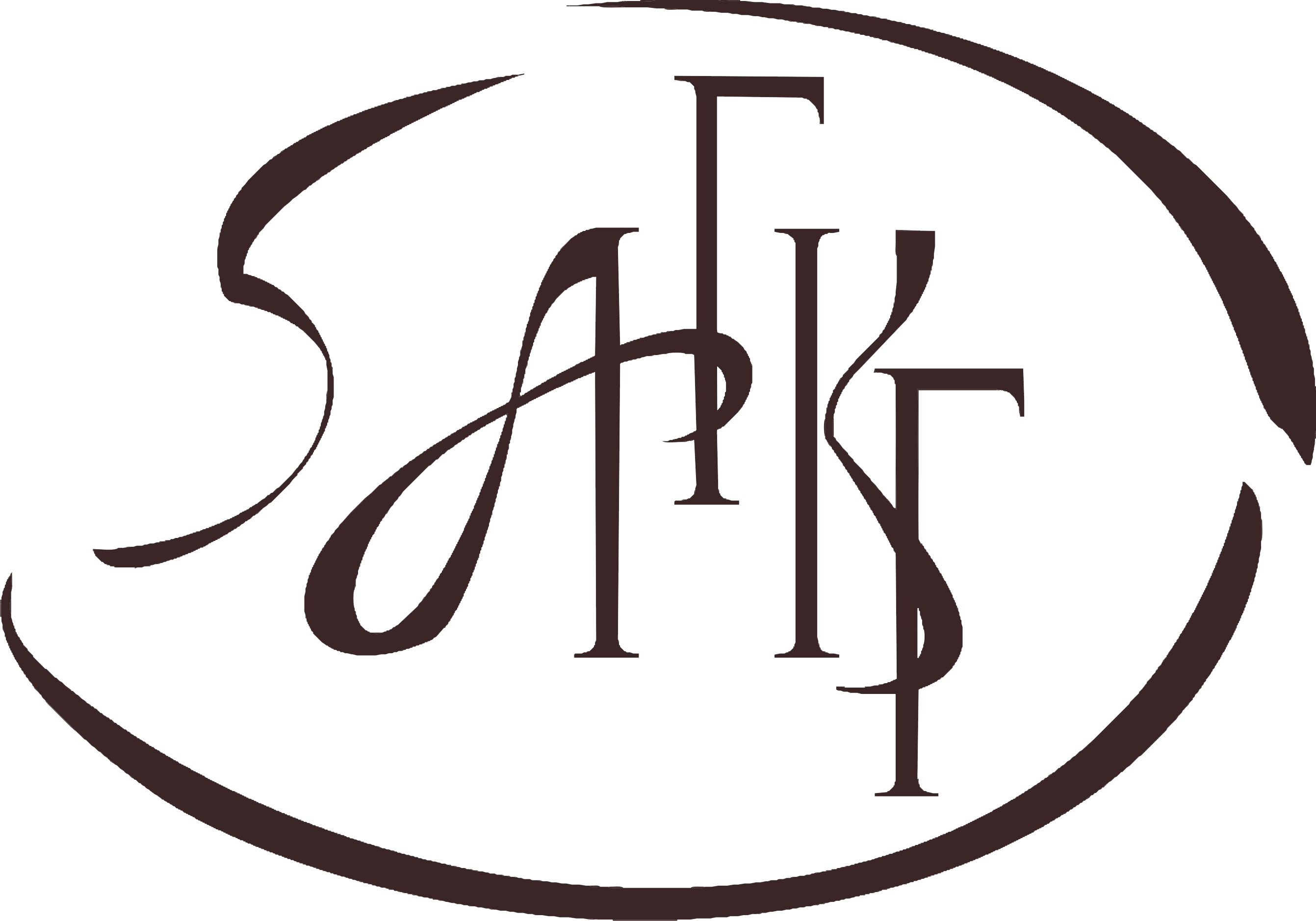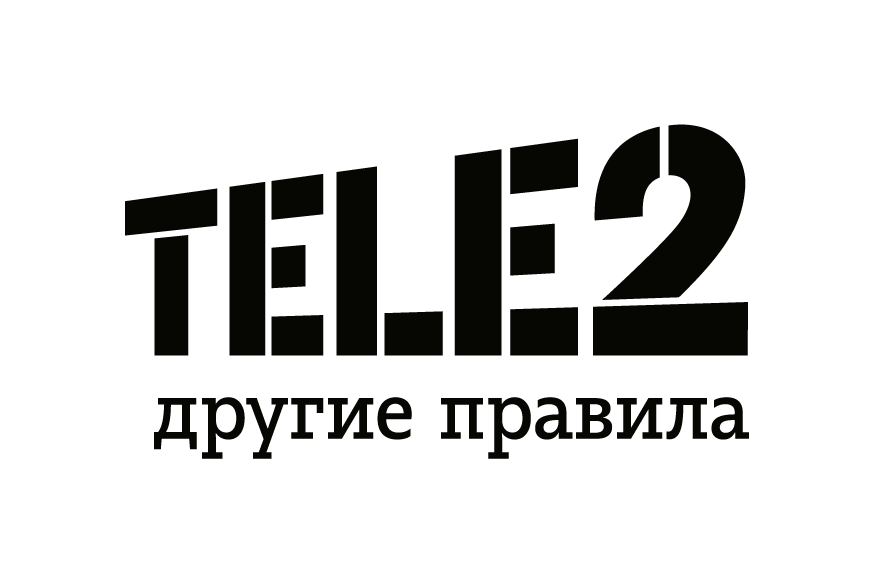Painting, photography
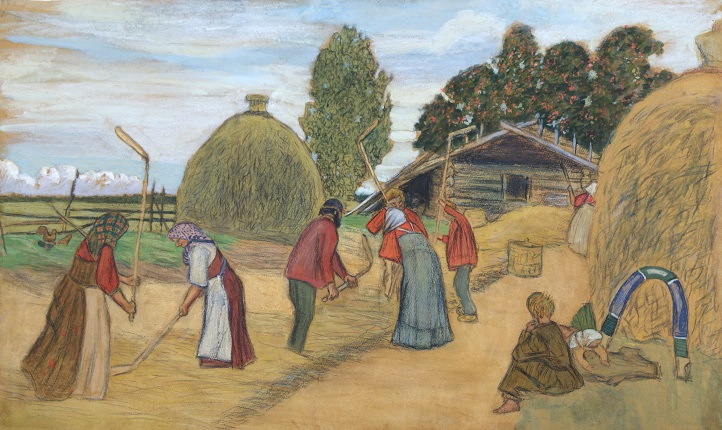
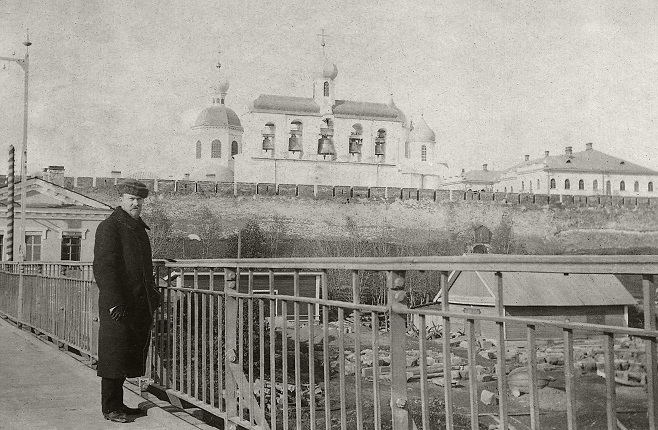
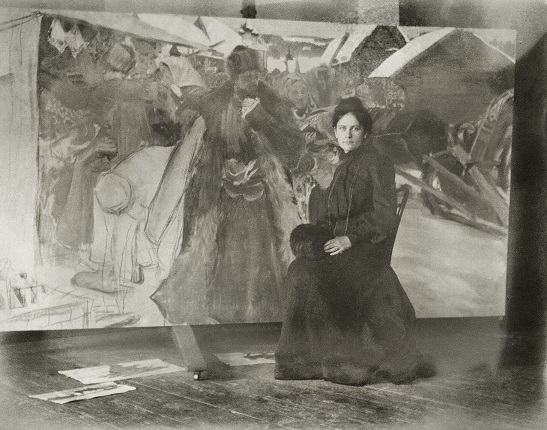

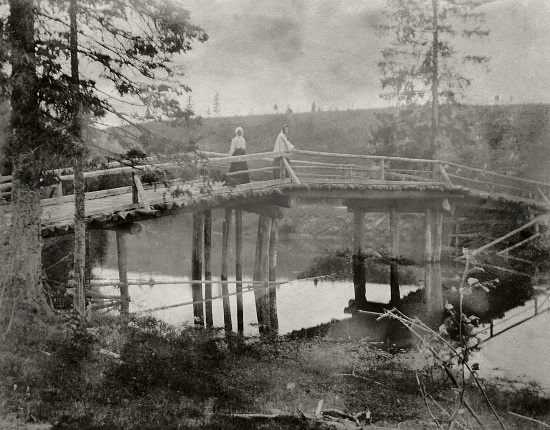
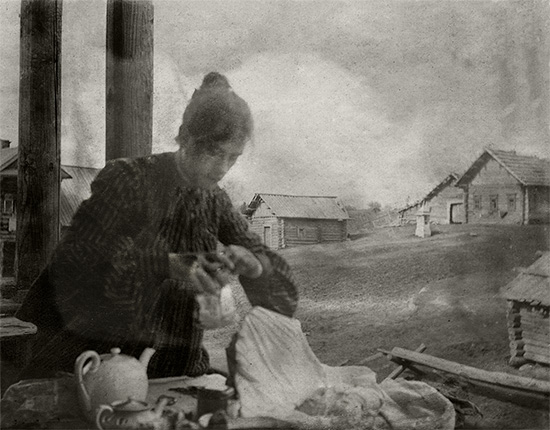
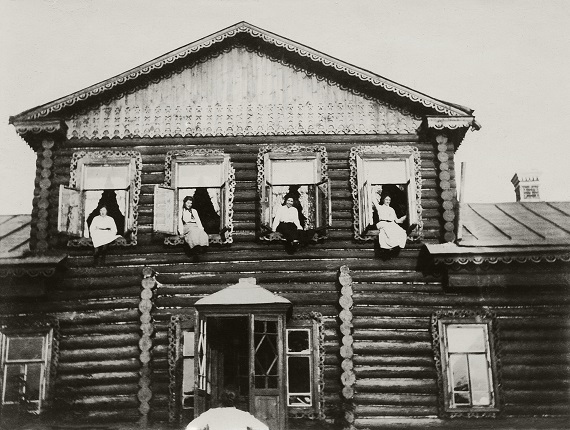
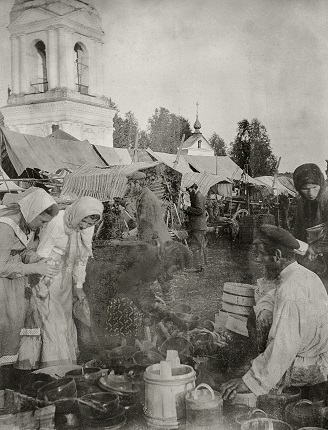
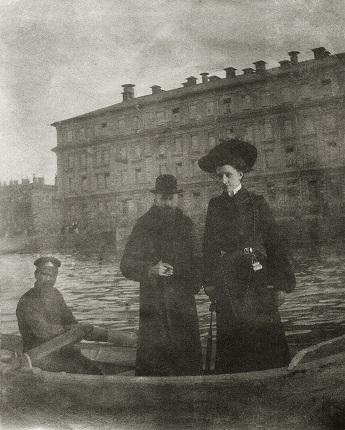
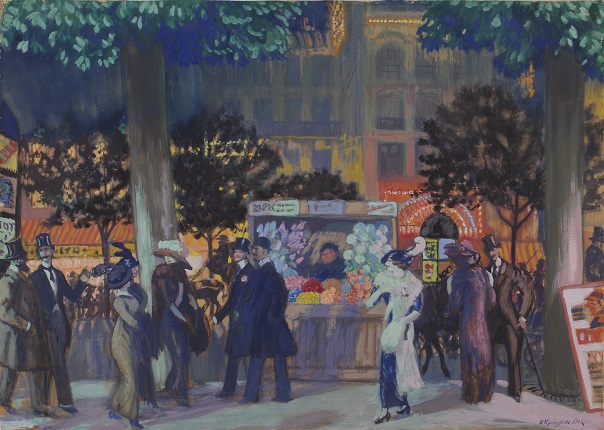
B.M. Kustodiev. Threshing. 1908. Chuvash State Art Museum
D. Stelletskiy. Boris Kustodiev on the bridge across the river. Volkhov against the background of the Novgorod Kremlin. St. Sophia's belfry. Astrakhan State Picture Gallery. P.M. Dogadina
B.M. Kustodiev. Yulik at my competitive picture. 1903. Astrakhan State Picture Gallery. P.M. Dogadina
B.M. Kustodiev. Boris Konstantinovich goes to St. Petersburg. 1903. Astrakhan State Picture Gallery. P.M. Dogadina
B.M. Kustodiev. Bridge over the Medosu. 1903. Astrakhan State Picture Gallery. P.M. Dogadina
B.M. Kustodiev. In Ivashov at the inn. Yu.E. Kustodiev. 1903. Astrakhan State Picture Gallery. P.M. Dogadina
B.M. Kustodiev. In the Pavlovskoye Manor. The Summer of 1904. Astrakhan State Picture Gallery. P.M. Dogadina
B.M. Kustodiev. Pavlovskoye Manor in the winter. 1902. Astrakhan State Picture Gallery. P.M. Dogadina
B.M. Kustodiev. Bread field. The Pavlovskoye Manor. 1904. Astrakhan State Picture Gallery. P.M. Dogadina
B.M. Kustodiev. Paris Boulevard at night. 1913. Perm State Art Gallery
Kirov, 6.06.2019—25.08.2019
exhibition is over
The Vasnetsov Brothers Art Museum
Karl Liebknecht street, 71
kirov-artmuzeum.ru
Share with friends
Exhibition shedule
-
20.12.2017—14.02.2018
Moscow
Multimedia Art Museum
-
4.04.2019—26.05.2019
Samara
Samara Regional Art Museum
-
6.06.2019—25.08.2019
Kirov
The Vasnetsov Brothers Art Museum
For the press
BORIS KUSTODIEV. PAINTING. PHOTOGRAPHY
Many people are unaware that the artist Boris Kustodiev took a serious interest in photography at the beginning of the 20th century. For him photography was a means to capture the surrounding reality and also an opportunity to experiment with light and composition.
In 2009 the artist’s granddaughter Tatiana Kirillovna Kustodieva, art historian and curator of the Italian Renaissance collection at the State Hermitage, donated to the Astrakhan State Picture Gallery a small album of photographs taken by Boris Kustodiev, his wife Yulia Kustodieva and friends of the family. Time showed no mercy for these pictures. Many were all but lost for posterity. But new digital technologies have allowed us to literally ‘develop’ the faded images, making them accessible to researchers and the viewing public.
Most of the photographs in the album belong to the brightest period in the artist’s life and work, from 1902 to 1906. In the early 1900s Boris Kustodiev was a successful student at the Academy of Arts and assistant to professor Ilya Repin in work on ‘Ceremonial Meeting of the State Council’, as well as a frequenter of St. Petersburg theatres and participant in art exhibitions. A trip to the village of Semyonovskoye (Kostroma Province) from 1902 to 1903 for his competitive diploma work entitled ‘Village Bazaar’ acquainted him with the life of ordinary folk, their holidays and festivities. It was during this trip that he met his future wife (maiden name Yulia Proshinskaya). Although Boris Kustodiev’s sketches and drawings from this period are quite well known, the photographs were largely ignored. In Semyonovskoye Kustodiev took shots of peasants in the marketplace and at work, collecting materials for his graduate work. Unfortunately the painting ‘Village Bazaar’ has not survived, but a photograph from the Astrakhan album that the artist himself took in his studio (Yulia Kustodieva poses in front of the canvas) records the picture, for which the Academy of Arts awarded Boris Kustodiev a gold medal. The Academy of Arts also rewarded the graduate with a grant-funded stay in Paris for one year beginning in January 1904, ‘for excellent knowledge of painting and academic subjects’.
After completing his studies in St. Petersburg, in the summer of 1903 the artist and his wife visited his native Astrakhan and Kineshma; they travelled along the Volga and stayed for a long time at the Pavlovskoye estate of geology professor B. K. Polyenov’s family. The couple were young and carefree, looking forward to the birth of their first-born and a journey to Europe. Boris took many photographs of his wife and friends, of his native Astrakhan, of landscapes, country scenes, visits to the village market, haymaking, long walks and bathing or reading in the garden. Sometimes the camera is wielded by one of their friends, capturing Kustodiev and his wife. Many of these photographs later became not only part of the family album but also auxiliary material for work on his paintings, after illness confined the artist to work in his studio.
The trip to Paris with his wife and newborn son Kirill was very important for the artist. Throughout his years of study he was enthused by the question ‘How to achieve the best results? What is a picture above all – the contours – the form, or the painting?’ Back in 1899 he wrote from Batumi to I. S. Kulikov that ‘we are confused by those who come here [i.e. from Europe – authorial note] with their poor drawings and tales that supposedly they have light abroad, and we will never learn anything from this. Yes, it is better to paint yourself and study the old masters, learning from them how to love art as they did. We have little love.’
In Paris and in Spain, where Kustodiev went for two weeks with the artist P. D. Shmarov, he visited museums and exhibitions, copied his beloved Velazquez in the Prado and felt appalled by the cruelty of bullfighting. There were so many impressions that in a letter to his wife about an excursion to Seville he admits: ‘Of course I have nothing for the album, since I scarcely have time to see everything…’ Photographs taken during Kustodiev’s foreign travels would later be used by the artist for his painting ‘Paris Boulevard At Night’, and other pictures.
In the summer of 1904 the family returned to their beloved Pavlovskoye. ‘For two months we have been living in the blessed regions of the blessed Russian land, and everything seen there, far away, is so different from what surrounds us now that sometimes I cannot believe I was ever away from these peasants, these birch and fir trees’ (from Boris Kustodiev’s letter to V. V. Mate). The Kostroma Province ‘refuses to let go’ of the artist, becomes his ‘second homeland’, and in March 1905 he acquires 2.5 tithes of land near the village of Maurino and builds his ‘Terem’ house and studio, where the family spent practically every summer until 1915. The ‘Construction of Terem’ photographic series depicts stages in the house building, the builders and the artist himself with his son.
As distinct from all his artist contemporaries, Boris Kustodiev often painted his family. An open and gentle man, he tried to stay beside his relatives. Photographs of his family and friends comprise a significant part of the artist’s photo archive. Several operations on his spine resulted in Kustodiev being confined to a wheelchair. But this chronic disability did not affect the nature of his work. Paintings on the theme of provincial life are infused by Kustodiev’s characteristic radiance, polychromy and optimism. Traditional holidays and celebrations are reflected in many of the artist’s pictures from different years.
However, his illness progressed. In his final years Boris Kustodiev had to work on a special hinged easel designed by fellow artists. The picture was clamped horizontally and could be moved backwards or forwards. In this way only one or other part of his canvas was visible to the immobilised artist, so close that he was unable to see the painting as a whole, yet he continued working enthusiastically. From then on, in the artist’s own words, ‘his room became his world’. But memory and imagination also played a role. As he said: ‘The pictures in my head change, as they might in a film’.
The exhibition will feature about 100 prints and some 15 paintings from Russian museum collections.
MAMM and the P. M. Dogadin Astrakhan Picture Gallery are grateful to the following for support of the project:
- State Russian Museum, St. Petersburg,
- Museum-Apartment of A. M. Gorky, Institute of World Literature, Russian Academy of Sciences, Moscow,
- Museum-Apartment of I. I. Brodsky, Scientific-Research Museum of the Russian Academy of Arts, St. Petersburg,
- Nizhny Novgorod State Art Museum, Nizhny Novgorod,
- Nizhny Tagil Municipal Museum of Fine Arts, Nizhny Tagil
- Novgorod State Combined Museum-Preserve, Veliky Novgorod,
- Perm State Art Gallery, Perm,
- National Library of Russia, St. Petersburg,
- Ryazan I. P. Pozhalostin State Regional Art Museum, Ryazan,
- Chuvash State Art Museum, Cheboksary

